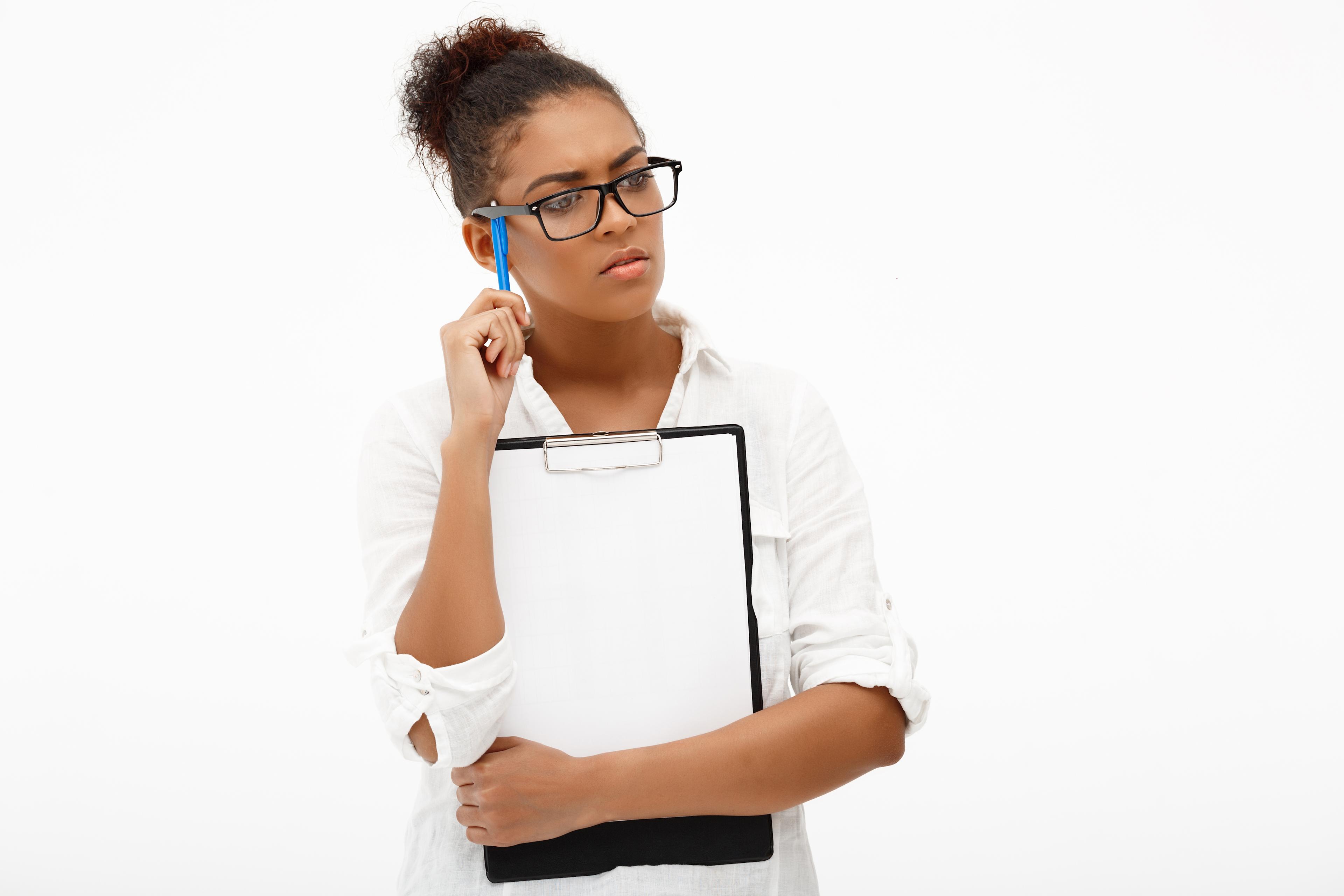AI vs Human Creativity: Where Should We Draw the Line?


Ever wonder if AI might steal your creative job? You're not alone.
Today's AI can make art, write stories, and compose music that looks shockingly human-made. This leaves many of us asking: where's the line between what humans and machines should create?
The New Creative Landscape
We used to think creativity was uniquely human. Not anymore.
Look around. DALL-E creates stunning images from text. ChatGPT writes emotional poetry. Suno composes songs in seconds.
This forces us to question: what makes creativity special if a machine can do it?
How AI Creates (Hint: It's Not Like Us)
AI doesn't create like you do. Here's the truth:
AI studies millions of human works
It finds patterns in what it studies
It mixes these patterns to make something "new"
It has no feelings, intentions, or personal experiences
AI doesn't create to express itself. It doesn't feel inspired. It simply follows patterns.
How Humans Create (We're Still Special)
Your creative process is completely different:
You draw from personal experiences
You feel emotions that drive your work
You create with intention and purpose
You make conscious choices about your art
You create to express yourself, connect with others, and share your unique view of the world.
Three Ways AI Fits Into Creativity Now
The AI-human creative relationship isn't simple. It works in three main ways:
1. AI as Your Creative Tool
Think of AI like Photoshop or a guitar—just another tool. Many creators use AI to:
Get past creative blocks
Edit and enhance their work
Try new styles quickly
You remain in control. AI just helps execute your vision.
2. AI as Your Creative Partner
Sometimes AI contributes more significantly:
A writer might use AI-generated plot ideas
A musician might build on AI melodies
A designer might refine AI-generated concepts
You lead the process, but AI adds meaningful elements.
3. AI as the Main Creator
This is where controversy begins:
Someone types a prompt and gets a complete artwork
An AI generates an entire song from a simple description
A business replaces human creators with AI systems
Here, humans provide minimal input. AI does the heavy lifting.
Where Should We Draw the Line? 5 Critical Areas
1. Honesty About Who Created What
The Line: Always tell people when AI helped make something.
Would you feel cheated if the "handmade" art you bought was AI-generated? Probably.
People deserve to know what they're looking at, reading, or hearing. No more mystery about who (or what) made it.
2. Fair Payment for Creatives
The Line: AI should help creators earn money, not take their jobs.
When a company can generate unlimited content for pennies, human creators suffer. We need rules that:
Ensure fair pay for human creativity
Prevent creative industries from collapsing
Help creative professionals adapt their skills
3. Who Owns AI-Created Work?
The Line: Clear ownership rules must be established.
Current copyright laws didn't anticipate AI. Now we face tough questions:
Does the AI company own what their AI creates?
Does the person who wrote the prompt own it?
What about the artists whose work trained the AI?
These answers will shape creative industries forever.
4. Protecting Personal Stories and Cultural Heritage
The Line: Some creative expressions should stay human.
Would you want AI writing about your deepest personal experiences? Or generating art that represents centuries of your culture's traditions?
Some creative areas require authentic human voices.
5. Building Trust With Your Audience
The Line: Human connection matters in creativity.
People don't just value the creative product—they value knowing a human made it. This creates trust and emotional connection that AI simply can't replicate.
A Simple Framework for Making Decisions
Instead of rigid rules, consider these four questions:
What's the purpose?
Commercial stock photo or deeply personal expression?
How much human guidance was involved?
Completely AI-generated or human-directed?
Is it clear who made what?
Transparent or deceptive?
Does it help or harm creative professionals?
Supporting creators or replacing them?
Your answers reveal where your personal line might be.
Why Human Creativity Will Always Matter
Despite AI advancements, human creativity offers unique value:
Real experiences:
You create from lived experiences AI will never have
True emotion:
You feel the emotions behind your work
Cultural understanding:
You grasp nuances AI misses
Ethical judgment:
You can make moral choices about what to create
These human elements ensure your creativity remains irreplaceable.
The Bottom Line: Finding Balance
The future isn't about choosing between human OR machine creativity.
It's about finding the right balance where:
AI handles repetitive creative tasks
AI helps amplify human creative abilities
Humans maintain creative leadership and vision
Everyone knows what role AI played
This balance protects what makes human creativity special while embracing helpful new tools.
What do you think? Where would YOU draw the line? Share your thoughts below.
Have you used AI in your creative work? Did it help or hinder your process? Drop a comment—I read and respond to every one!
Enjoyed this article?
Subscribe to our newsletter to get the latest insights on AI delivered to your inbox.


